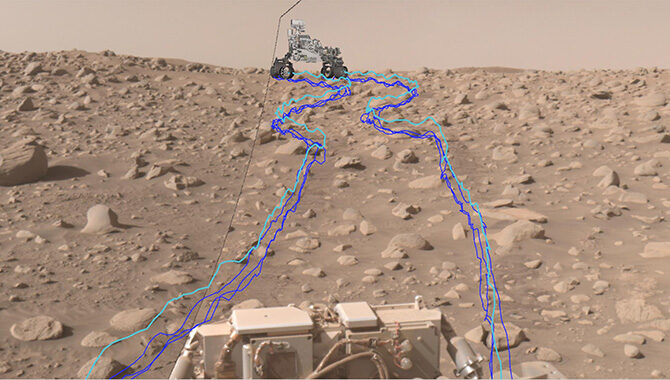"This course provided me a clear and practical understanding of MBSE principles and the syntax for all nine distinct diagrams in SysML. The hands-on exercises and examples significantly enhanced my ability to apply these concepts effectively and build appropriate and cool SysML models in my future work. I highly recommend this course to anyone looking to modernize their systems engineering approach."
"The Foundations and Practice of MBSE & SysML course provided a strong introduction to Model-Based Systems Engineering. The instructor emphasized practical application by translating system design, technical management, and product realization processes into the SysML modeling language. As a result, I was able to establish a functional SysML framework in MagicDraw for my project."






